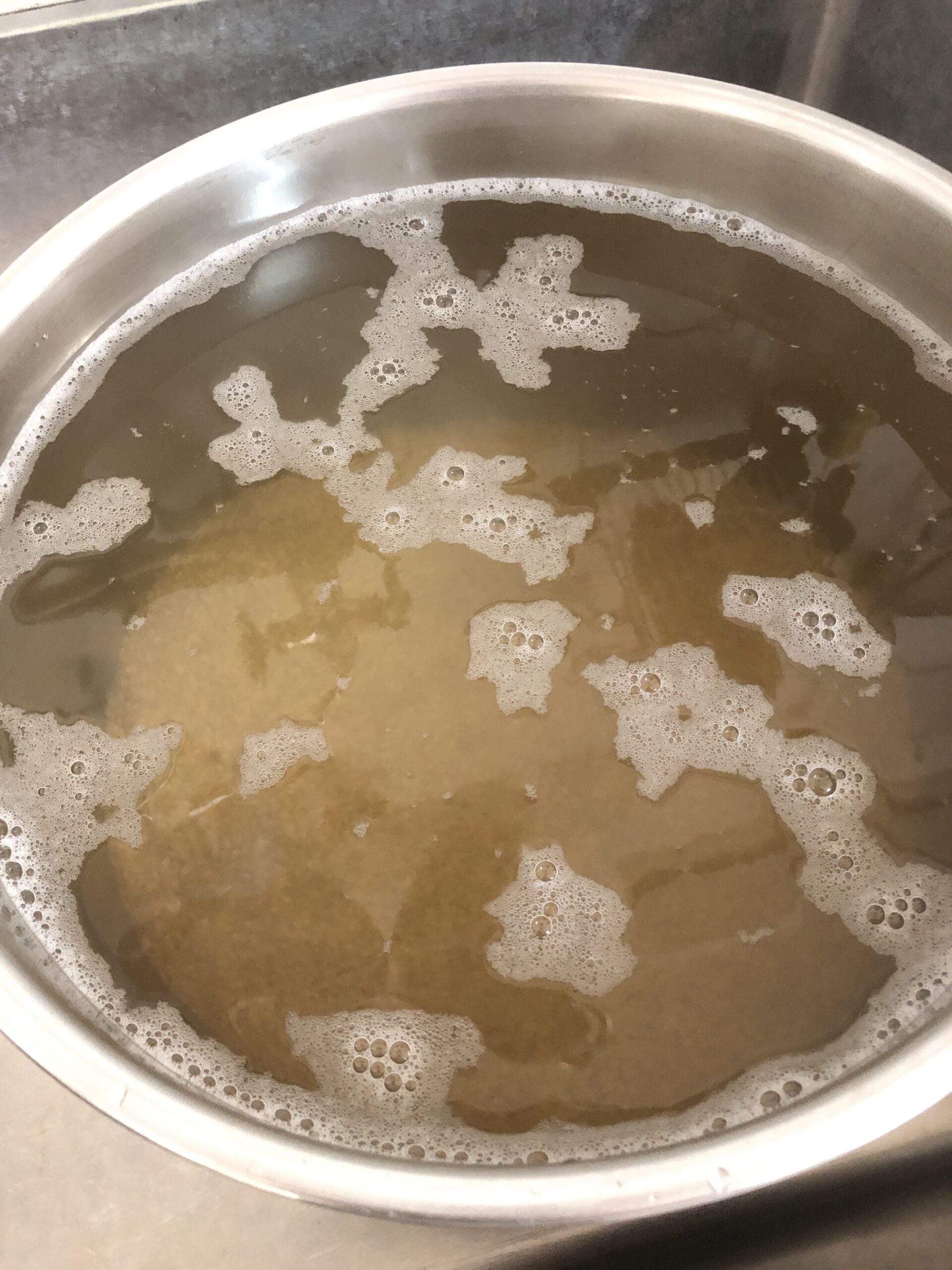水に種をつけて芽を出すのですが、時間がかかります
その辺りのノウハウ、日本での蓄積量は素晴らしいですね。
検索すれば様々な催芽方法が出てきます
大麦モルティングではスティープとエアレーションを繰り返しですね
12時間水につけて、その後は水からあげて12時間酸素に触れさせるという工程を数日繰り返します
米モルティングの論文を見ているとほぼ全ての方が大麦モルティングの手法にならってエアレーションを行なっています
私も最初の頃はそれにならってみたのですが、どうもしっくりこないなぁという感想です
稲にも水稲と陸稲といって、水を張った田んぼで育てるものとそうでないものがあります
それを知ってからなぜ、米は田んぼで育てるんだろう?と気になって調べたことがあります
素人の私よりわかりやすいページを置かせていただきます
色々理由はあるんですが、米は水の中でも呼吸することができ、大麦は呼吸できないということになります
なので、米モルティングでは大麦のようなサイクルのエアレーションは必要ないんではないか?と考えました
実際米の芽出しを調べると毎日換水すれば良い
水中の酸素で充分という農家の方がほとんど
昔は川の水なんかに浸けっぱなしだったそうです
大きい農家の方なんかは催芽機といって温度調整とエアレーションの機能や水の循環機能なんかのついた機械を使っていますね
というわけで、うちも現在では1日1回の換水を行なっています
換水の理由には他にも理由があるのですがそれはまた今度
In malting terminology, the process corresponds to steeping. It involves soaking the grains in water to initiate germination, which takes time. The knowledge and expertise in this area accumulated in Japan are remarkable. If you search, you'll find various methods for germination. In barley malting, we repeat the process of steeping and aeration. Roughly speaking, the grains are soaked in water for 12 hours and then exposed to oxygen for 12 hours, repeating this cycle for several days. When looking at research papers on rice malting, almost everyone follows the barley malting method and incorporates aeration. Initially, I tried following that approach as well, but it didn't quite feel right to me. Just like there are wet-cultivated and dry-cultivated rice, there are variations in how rice is grown in water-filled paddies or otherwise. This led me to wonder why rice is cultivated in paddies. It piqued my curiosity, and I looked into it. Allow me to share a page that explains it in a more straightforward manner than I, an amateur, could: "Kyoutango Rice Cultivation Blog" きょうたんご稲作ブログ There are various reasons, but it comes down to the fact that rice can respire even in water, while barley cannot. Therefore, in rice malting, it was speculated that the cyclic aeration process, like that used for barley, might not be necessary. In fact, when studying rice germination, it is generally recommended to change the water daily. Most farmers believe that the oxygen in the water is sufficient. In the past, it seems they used to leave the grains submerged in river water. Larger farms often use machines called germination chambers, which have functions for temperature control, aeration, and water circulation. So, currently, we also perform one water change per day. There are other reasons for changing the water, but I'll explain those another time.

